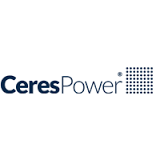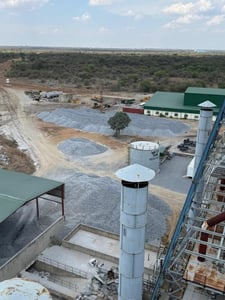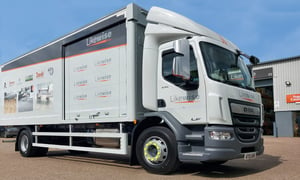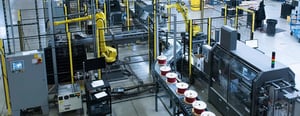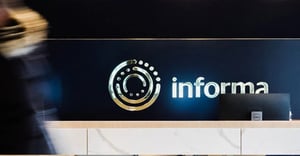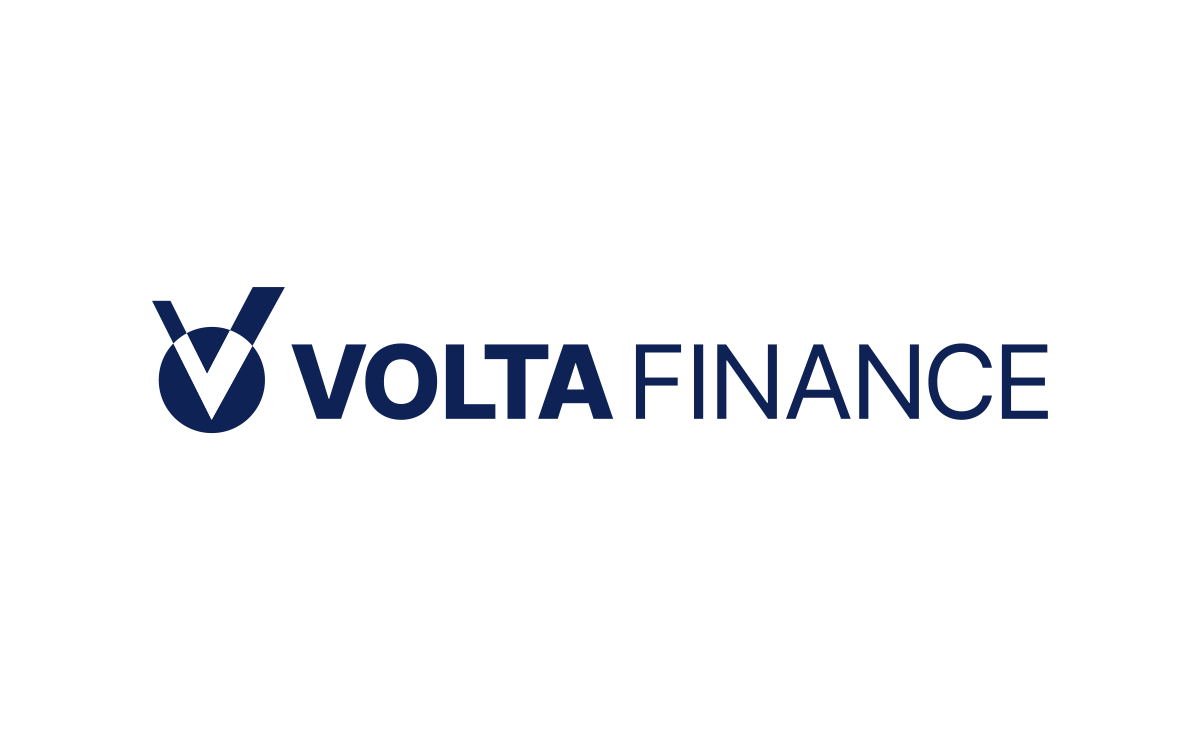Ceres Power Holdings plc (LON:CWR) Chief Executive Officer Phil Caldwell caught up with DirectorsTalk for an exclusive interview to discuss their partnership with Weichai Power, why they looked at China and what it all means for Ceres.
Q1: You recently announced a partnership with China’s Weichai Power, can you give us a quick recap of that announcement?
A1: Weichai Power is one of the leading engine and automotive companies in China, they’re a $10 billion market cap company listed on the Hong Kong and Shenzhen stock exchange and although they’re maybe not that well known here, they’ve got a very impressive track record of growing a business and international collaborations. So, they have international collaborations with KION in Germany, Ferretti in Italy and they recently sponsored Ferrari F1 so they’re a Chinese company with global ambitions.
We’re quite excited about the collaboration because what this does is it gives us access to the Chinese market with one of the strongest players there.
The collaboration is in three main stages really, the first stage is they’re actually going to take an equity investment in Ceres Power so a 10% stake at a premium to market so that’ll be at 15p and then a second tranche which will take them up to 20% which will be at 16.45p. So, they’re going to provide approximately £40 million of capital into CWR which is great for us as that helps us fund the business plan.
The second thing they’re going to do near-term is provide us with a multi-million pound joint development agreement to develop a power system with them as a range extender for the fast-growing electric bus market in China.
The third aspect of the deal is it also validates our strategy in terms of licencing the technology. They will licence first of all the system architecture and then in stages through to stack and sell manufacturing in China through a joint venture which we would set up in a couple of years’ time, subject to obviously hitting all the key milestones.
Q2: In terms of the background, who actually are they and why did they pick CWR?
A2: Who they are is they’ve probably one of the fastest growing companies in China, I think they’re fairly close to or have an ambition to be a Fortune500 company. They are, like I said, one of the biggest engine manufacturers in China, they make 600,000 engines a year, they make something like 200,000 forklifts, 150,000 heavy-duty vehicles, 30,000 buses, I think they’re approaching the second largest bus manufacturer in China.
What’s fantastic about them for us is they have their own market in terms of the fuel cells that we would manufacture with them would actually go into Weichai product.
So, they’re a very fast growing, ambitious and professional Chinese company.
Q3: So, what made you look at China in the first place and why now?
A3: If you look at other fuel cell companies, China is emerging as potentially the fastest growing market for fuel cells globally. So, we had a lot of success in the Japanese market, we’ve got existing partnerships with Nissan, with Honda, with Cummins in the United States but what’s driving China is really the air quality issue and the government is really getting behind clean technology investment in China now. So, we felt strategically it was no longer a case of being able to ignore the Chinese market, it was all about picking the right partner.
Why Weichai? Again, it’s just the size and scale and the capability of the company, in actual fact, Weichai approach us so there’s a little bit of serendipity but they obviously looked at several fuel cells companies and they came, and they concluded that because of the SteelCell™ technology and our ability to work with multiple fuels, we were a perfect technology for them that goes into a portfolio of their products.
Q4: What does this all mean for Ceres Power Holdings going forward?
A4: I think it means a couple of things, one is it provides us with significant funding for the business which is fantastic. We did say that we were intending to get strategic investment into the company so this is subject to PRC approval in China but that would provide significant funds for us to execute what we need for the business going forward.
It gives us big validation of the business model in terms of, again, it’s a second go to market partners who’s licencing the technology into products with an intention to launch products.
The third thing it does is it also gives us a route into high volume manufacturing though this joint venture which we would retain a significant stake in going forward. If you look at China in general, if you look at what they’ve done with solar and batteries, we think that establishing volume in China would help us get down the cost curve and establish SteelCell™ as one of the industry standards.




